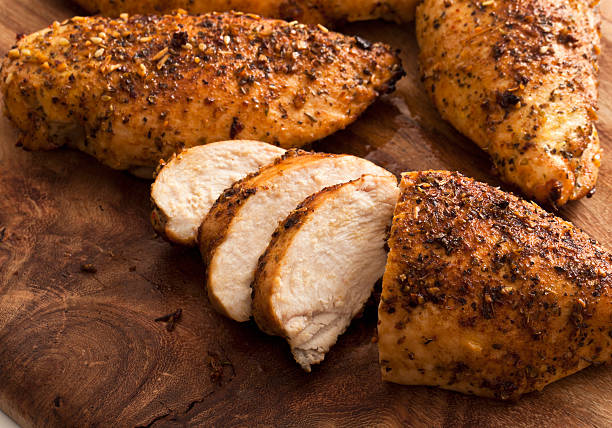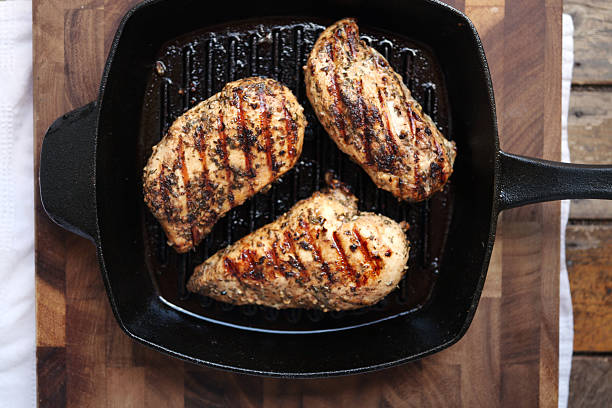A boneless, skinless chicken breast is a versatile and nutritious food that can be cooked in a variety of ways. It is a lean protein source that is low in fat and calories, making it a popular choice for people who are trying to lose weight or maintain a healthy diet. In this article, we will discuss the calorie content of a boneless, skinless chicken breast, as well as some tips for cooking and serving it to maximize its nutritional benefits.
One of the main benefits of a boneless, skinless chicken breast is its low calorie content. A 3.5 ounce serving of boneless, skinless chicken breast contains approximately 165 calories. This serving size is considered to be a standard serving size for a lean protein source, and is equivalent to about the size of a deck of cards.
When compared to other animal protein sources, chicken breast is considered to be one of the leanest. For example, a 3.5 ounce serving of beef tenderloin contains approximately 215 calories, while a 3.5 ounce serving of pork loin contains approximately 195 calories. It also contains lower calories than most seafood as well, like shrimp, salmon and cod.
In addition to its low calorie content, a boneless, skinless chicken breast is also a good source of protein. Protein is an essential nutrient that is important for maintaining muscle mass, supporting healthy bones, and aiding in the healing and repair of tissues. A 3.5 ounce serving of boneless, skinless chicken breast contains approximately 31 grams of protein, which is about 62% of the recommended daily value for adults.
It is also important to note that the chicken breasts available for sale in the market can be different in size and weight. A larger or smaller chicken breast will have different calorie values. The process of cooking the chicken breast will also change the calorie count. Grilled chicken breast will have less calories compared to deep fried chicken breast.
When cooking a boneless, skinless chicken breast, it is important to choose healthy cooking methods that will not add unnecessary calories. Grilling, baking, and sautéing are all good options, but it is best to avoid deep-frying or breading the chicken breast, as these methods can add significant amounts of calories.
One way to make a boneless, skinless chicken breast more flavorful and interesting is to add herbs and spices. There are a variety of herbs and spices that can be used to season a chicken breast, and many of them have additional health benefits. Some examples of herbs and spices that work well with chicken include rosemary, thyme, paprika, and garlic powder.
Another way to boost the nutritional content of a boneless, skinless chicken breast is to serve it with a variety of healthy side dishes. Vegetables such as steamed broccoli or sautéed spinach can be added to the plate to increase the overall nutrient content of the meal. A side of whole grains such as quinoa or brown rice can also be added to make the meal more filling and satisfying.
In conclusion, a boneless, skinless chicken breast is a low calorie, high-protein food that can be a great addition to a healthy diet. It is a versatile food that can be cooked in a variety of ways and can be paired with a variety of side dishes to create a well-rounded meal. When selecting and cooking chicken breast, it is important to consider the calorie content, size, weight and the cooking methods used to keep the calorie count low while still getting all the nutritional benefits of chicken breast.

 Home
Home Health
Health Diet & Nutrition
Diet & Nutrition Living Well
Living Well More
More












